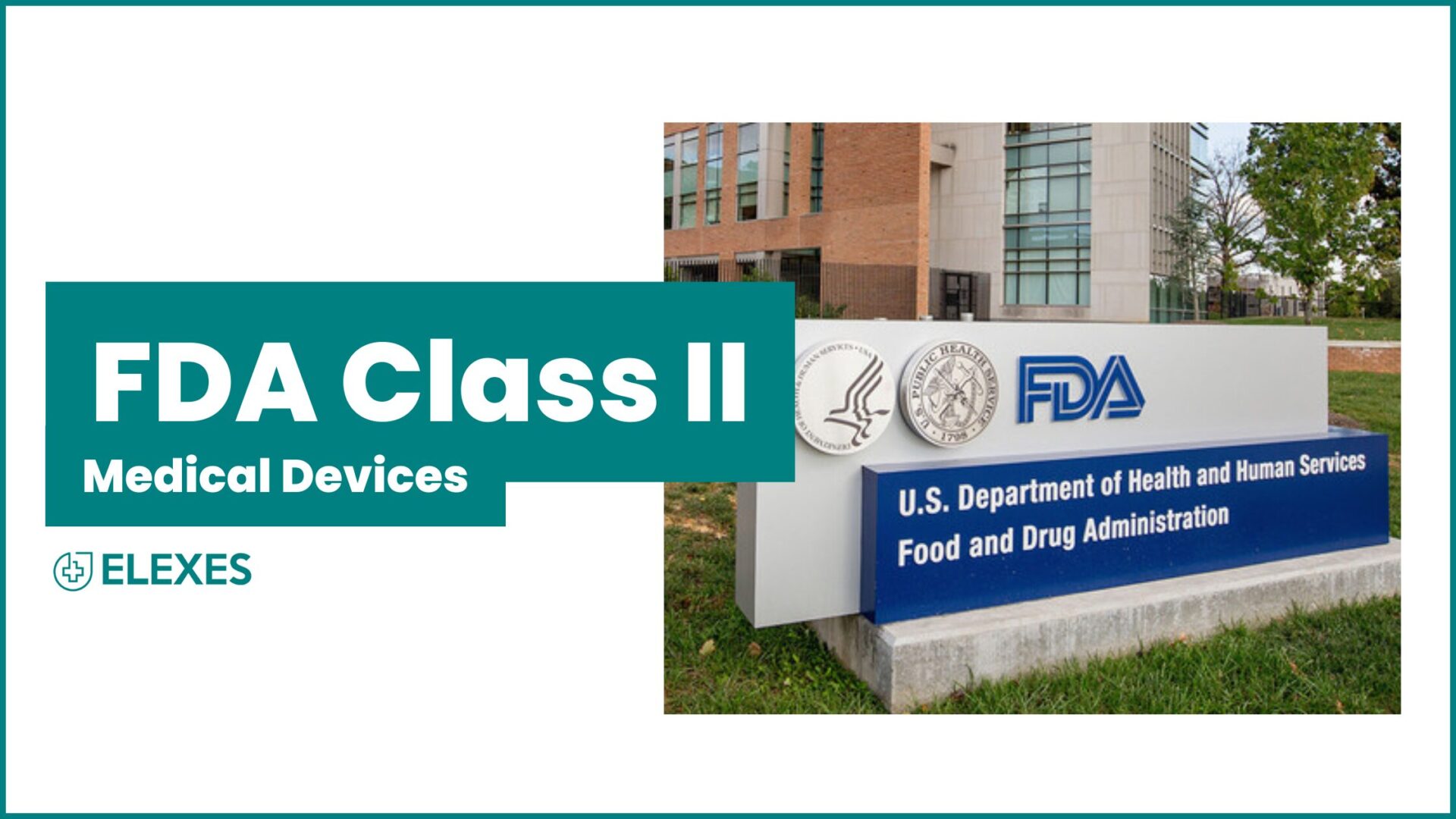What’s Changing in LDT and IVD Regulations and Why It Matters
The distinction between Laboratory Developed Tests (LDTs) and In Vitro Diagnostics (IVDs) is often blurred because of overlapping regulatory definitions and evolving oversight policies. In this article, we will discuss the differences between the two tests, their definitions, applicable regulatory submissions, what’s changing in the coming months or years, and why these changes matter in terms of their effect on the current laboratories, healthcare providers, patients, or test manufacturers.
So let’s dive right in…..
Definition of LDTs and IVDs
Laboratory-developed tests (LDTs):
LDTs are tests designed, manufactured, and used within a single laboratory for clinical use. These tests are certified under Clinical Laboratory Improvement Amendments (CLIA).
In Vitro Diagnostics (IVDs):
IVDs, on the other hand, are medical devices that include reagents, instruments, and systems used to diagnose diseases or conditions by examining samples such as blood or tissue. IVDs are regulated by the FDA under the Federal Food, Drug, and Cosmetic Act (FDCA).
FDA Submissions for IVDs and LDTs
1. Submissions for IVDs (In Vitro Diagnostics)
IVDs are subject to robust regulatory oversight by agencies such as the FDA (U.S.), EMA (Europe), Health Canada (HC), and other global regulators. These devices, used to diagnose diseases or conditions through samples like blood, urine, or tissue, must demonstrate safety, efficacy, and reliability, as they are often utilized in the detection of various diseases.
Key Submission Pathways for IVDs in the U.S. (per the FDA):
● 510(k) Premarket Notification
◎ Applicable for devices that demonstrate substantial equivalence to a legally marketed predicate device.
◎ Requires detailed documentation on device performance, design, and intended use.
● De Novo Classification Request
◎ For novel devices without a suitable predicate.
◎ Requires clinical data and validation to demonstrate safety and effectiveness.
● Premarket Approval (PMA):
◎ For high-risk (Class III) devices.
◎ Requires comprehensive clinical trial data and rigorous review of manufacturing processes.
● Clinical Laboratory Improvement Amendments (CLIA) Waiver:
◎ For IVDs intended for use in non-laboratory settings.
◎ Requires evidence of simplicity and low risk for incorrect results.
2. Submissions for LDTs (Laboratory Developed Tests)
LDTs are diagnostic tests outlined under the Clinical Laboratory Improvement Amendments (CLIA) program that are developed and performed out in a single laboratory. Until now, LDTs had limited FDA oversight, and operated under enforcement discretion.
However, given the broad use, regulatory landscapes are changing as a result of the increasing complexity of the tests, and the need for consistent manufacturing and quality standards.
Current and Emerging Frameworks for LDT Regulation
While CLIA focuses on laboratory quality standards, the FDA has recently expanded its authority over LDTs, citing patient safety concerns.
CLIA Oversight
Laboratory operations are mainly governed by LDT regulation under CLIA, which ensures that the following are taken care of:
● Qualifications and training of personnel involved
● Test methodology validation
● Implementation of quality systems to ensure reliability and accuracy
However, the clinical validity of LDTs is not assessed by CLIA, which has raised concerns about the effectiveness of some tests in real-world medical decision-making.
FDA Oversight (Final Rule on LDTs)
The FDA has made a major shift by issuing a final regulation that places LDTs under its regulatory framework, similar to IVDs. Patient safety, test reliability, and the requirement for constant supervision are the main factors influencing that decision.
The key proposed requirements include:
● Premarket Review: LDTs must undergo 510(k) clearance, Premarket Approval (PMA), or De Novo classification, depending on risk level.
● Clinical and Analytical Validation: LDTs must demonstrate the same level of safety, effectiveness, and performance as FDA-regulated IVDs.
● Adverse Event Reporting: Laboratories will be required to comply with Medical Device Reporting (MDR) requirements to track and report safety concerns.
As the FDA enforces these new requirements, laboratories, test developers, and other stakeholders must navigate the regulatory shift while balancing compliance, innovation, and operational efficiency. Understanding the broader implications of this policy change is crucial for staying competitive and ensuring continued patient access to reliable diagnostic testing.
What Are the Implications and Opportunities for Stakeholders?

For Laboratories:
- Increased Compliance Requirements: Laboratories developing LDTs must now adhere to the FDA’s premarket approval or clearance and quality system requirements.
- Operational Adjustments: Labs may need to invest in additional regulatory and quality resources.
- Innovation Constraints: Stricter regulations might slow the pace of innovation due to extended timelines for approvals and getting the new innovation to the market.
For Manufacturers:
- Market Competition and Opportunities: IVD companies may benefit from a level playing field, as all diagnostic tests will meet the same regulatory standards. However, they will also face increased competition, which can perhaps be used as an opportunity to upgrade their offerings to patients and HCPs.
- Higher Development Costs: Increased costs associated with upgraded offerings and corresponding regulatory processes will be observed. Time and money will be spent on meeting FDA standards, including clinical trials and post-market surveillance.
- Collaborative Potential: The growth of diagnostic products will also lead to discussions between IVD companies and labs on sharing expertise and resources, further improving the control of efficiency within the process.
For Patients and Healthcare Providers (HCPs):
- Improved Test Reliability: Greater assurance of diagnostic accuracy and consistency.
- Access Challenges: Potential delays in test availability, as labs adjust to new regulatory requirements.
- Cost Implications: The increased cost of compliance may lead to higher prices for diagnostic tests.
Now that we know what’s changing, and why it matters, let’s also understand what is the timeline for these changes.
The good news is that compliance with the LDT regulatory changes won’t be required overnight. Regulatory bodies have introduced a structured, five-stage phased approach to ensure a smooth transition without disrupting the supply chain for patients or businesses alike.
A full oversight for the Laboratory Developed Tests (LDTs) is expected to occur over a four-year period.
The Phaseout Policy
In October 2023, the FDA proposed a phased implementation to allow laboratories time to adapt. While some requirements will take effect immediately, others will be gradually enforced over the next four years, giving test developers time to seek regulatory approvals and compliance certification.
The five stages and the key compliance requirements are outlined below:

Stage 1: Medical Device Reporting (MDR) and Complaint Files
● Effective Date: May 6, 2025
● Requirements:
◎ Compliance with MDR requirements will be expected, including reporting of adverse events, if any, associated with the Laboratory Developed Tests (LDTs).
◎ Adherence to complaint file requirements of the Quality System (QS) will be expected.
Stage 2: Registration, Listing, Labeling, and Investigational Use
● Effective Date: May 6, 2025
● Requirements:
◎ Compliance with MDR requirements will be expected, including reporting of adverse events, if any, associated with the Laboratory Developed Tests (LDTs).
◎ Adherence to complaint file requirements of the Quality System (QS) will be expected.
Stage 3: Full Quality System (QS) Compliance
● Effective Date: May 6, 2027
● Requirements:
◎ By this time a comprehensive implementation of the Quality System (QS) would be expected. This implementation will include:
⦿ Design controls
⦿ Purchasing controls
⦿ Acceptance activities
⦿ Corrective and Preventive Actions (CAPA)
⦿ Records management
◎ Other requirements of the QS would have already been implemented by now as per the previous stages.
Stage 4: Premarket Review for High-Risk IVDs
● Effective Date: November 6, 2027
● Requirements:
◎ By this time, submission of premarket approval applications will be expected for Laboratory Developed Tests (LDTs) which fall under the category of high-risk In Vitro Diagnostics (IVDs), classified as Class III devices.
◎ Unless a submission for high-risk In Vitro Diagnostics (IVDs) has been received by the beginning of this stage, FDA will exercise enforcement discretion.
Stage 5: Premarket Review for Moderate- and Low-Risk IVDs
● Effective Date: May 6, 2028
● Requirements:
◎ This is the last stage of the phase-out policy, and by then submission of appropriate premarket notifications (510(k)) for Laboratory Developed Tests (LDTs) which fall under the category of moderate and certain low-risk IVDs would be expected.
◎ Unless an appropriate submission is pursued by the beginning of this stage, the FDA will continue to exercise enforcement discretion.
So, the FDA’s plan to phase out compliance is really about making sure everything goes smoothly. They want to keep things from getting too messy in terms of patient care and how labs operate. But here’s the thing—while labs and those who create tests are figuring out these new rules, they’re also going to find some fresh chances for growth, new investments, and even teamwork in this changing world of diagnostics.
Opportunities
- Investment opportunities: Investment in diagnostics can increase to support innovation, new product offerings, and to comply with the updated requirements.
- International Market Opportunities: Gaining FDA approval/clearance can be a green light for other markets.
- Collaboration Possibilities: Startups can work with big IVD companies to make the development and compliance process more efficient.
Partner with Elexes for a Seamless Transition to Compliance
With all the regulatory and quality compliance requirements—not to mention the constantly evolving landscape for LDTs and IVDs—partnering with an experienced consulting firm like Elexes is more important than ever. Navigating these complexities on your own can be overwhelming. The new regulations bring both challenges and opportunities for labs, manufacturers, and healthcare providers. With the FDA tightening oversight and implementing its phase-out policy, early compliance planning is key to staying ahead. If you wait too long to get ready, you might end up with some pretty expensive redesigns or find yourself struggling with compliance gaps and delays getting into the market. No one wants that, right?
Here at Elexes, we’re all about helping IVD companies who want to upgrade their devices and aid LDT labs and developers in figuring out this new regulatory landscape. We know our stuff when it comes to regulatory strategy, setting up quality systems, and making sure all your documentation is in order. We aim to make your transition as smooth and efficient as possible—think of it as future-proofing your efforts.
Honestly, the time to act is right now! Don’t hesitate—to reach out to us today and let’s make sure your LDT or IVD stays ahead of the compliance game!
It is our pledge at Elexes to ensure that your innovations in diagnostics reach the patients who need them the most while adhering to the regulations that you need.
Contact us to explore how these updates can impact your laboratory and enhance your diagnostic capabilities!





















